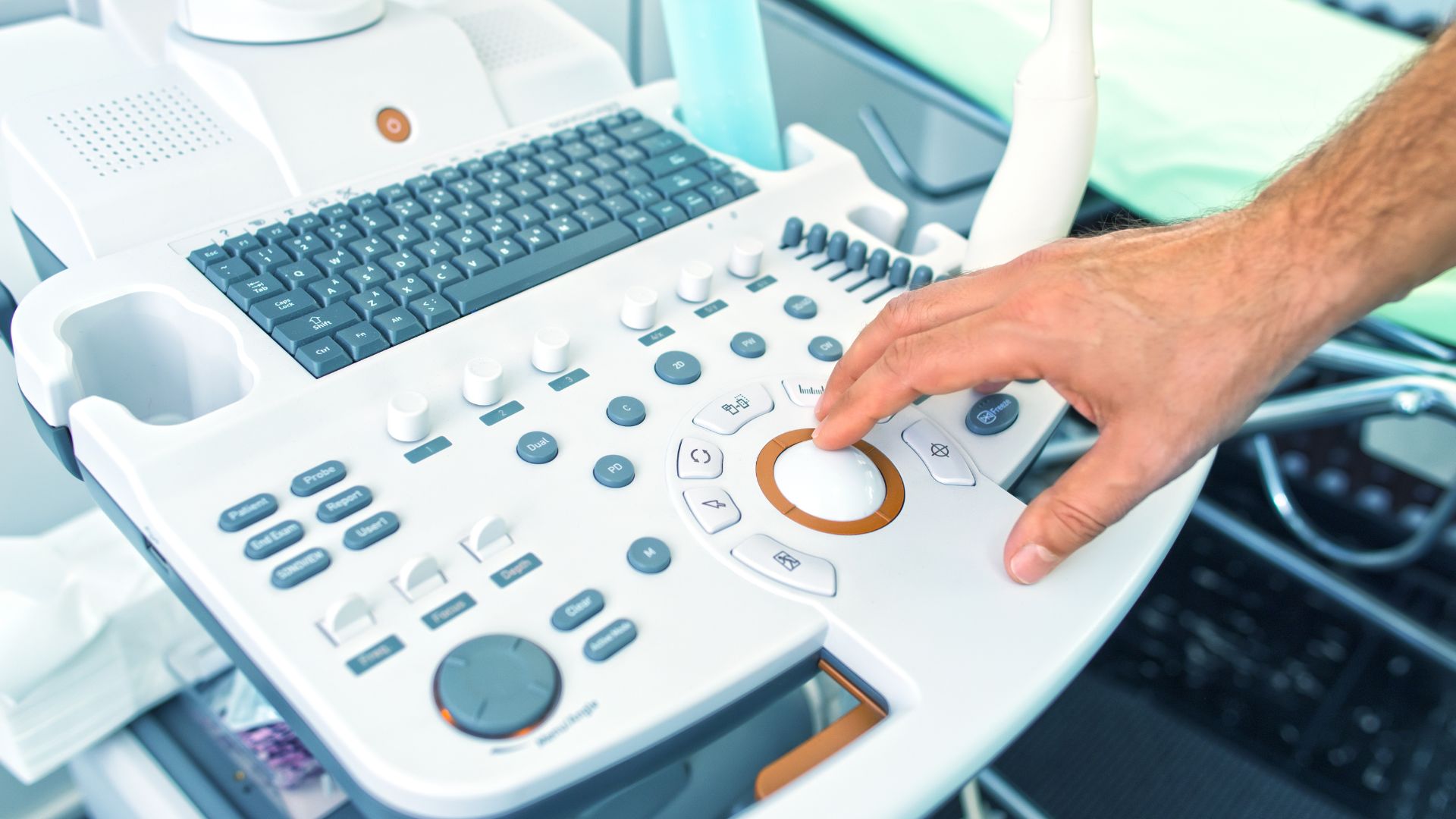Within the framework of a medical device Quality Management System (QMS), the role of top management is not peripheral—it is foundational. Regulatory bodies including the U.S. Food and Drug Administration (FDA), the European Medicines Agency (EMA), and international standards organizations such as the International Organization for Standardization (ISO) emphasize that executive leadership must actively drive, oversee, and be accountable for the effectiveness of the QMS. Under ISO 13485:2016, FDA 21 CFR Part 820, and EU MDR Article 10, management responsibility is clearly defined, structured, and auditable.
This article explores the regulatory and strategic dimensions of management responsibility in medical device organizations. It details what regulators expect from senior leadership, how management review processes must be conducted, and why leadership involvement is key to achieving both compliance and competitive advantage in a globalized, high-stakes healthcare environment.
Regulatory Foundations of Management Responsibility
ISO 13485:2016 dedicates an entire section—Clause 5—to Management Responsibility. The standard requires that top management demonstrate leadership and commitment to the QMS by ensuring that the system is effectively implemented, regularly reviewed, and continuously improved.
The U.S. FDA echoes this expectation in 21 CFR Part 820.20, which specifies that executive management is responsible for establishing a quality policy, appointing a management representative, and conducting regular reviews of QMS effectiveness. Under EU MDR, Article 10(8) and Annex IX specify that manufacturers must maintain a QMS that is actively overseen by senior leadership, including provisions for risk management, postmarket surveillance, and clinical evaluation.
Across these regulatory frameworks, one message is clear: accountability cannot be delegated. While functional teams may execute the operational aspects of quality, leadership must ensure the QMS aligns with company goals, regulatory obligations, and evolving product portfolios.
Establishing a Quality Policy and Objectives
One of the first responsibilities of top management is to define a Quality Policy that reflects the company’s mission and commitment to product safety, customer satisfaction, and regulatory compliance. This policy must be documented, communicated, and understood throughout the organization.
From this overarching policy, measurable quality objectives should be established. These objectives should be aligned with strategic goals and monitored via key performance indicators (KPIs). Common quality objectives include reduction in customer complaints, timely closure of CAPAs, audit pass rates, and improvements in on-time delivery or product conformity rates.
Organizational Roles, Responsibilities, and Authorities
Management must define and communicate the roles, responsibilities, and authorities of all personnel involved in the QMS. This is not limited to the quality department; it includes engineering, manufacturing, supply chain, and postmarket functions.
A formally appointed Management Representative—often a Quality Director or VP of Regulatory Affairs—is responsible for ensuring QMS conformance and reporting on performance. However, leadership must empower this role with sufficient authority and access to resources, and ensure cross-functional accountability for QMS adherence.
Organizational charts, responsibility matrices (e.g., RACI), and job descriptions should be documented, reviewed periodically, and updated to reflect changes in scope, personnel, or regulatory requirements.
Management Review: Structure, Frequency, and Outcomes
A cornerstone of management responsibility is the requirement to conduct Management Reviews at planned intervals. This is not a checkbox exercise—it is a strategic function where executive leadership evaluates the performance of the QMS and makes decisions about its improvement.
Inputs into a Management Review should include:
- Audit results (internal and external)
- Customer feedback and complaints
- Status of preventive and corrective actions (CAPA)
- Results of process monitoring and measurement
- Product conformity and nonconformance rates
- Regulatory updates and risk management reviews
- Postmarket surveillance data
- Opportunities for improvement
Outputs of the review must include documented decisions and action plans related to QMS improvements, resource allocation, updated objectives, and risk mitigation strategies. The review itself must be recorded, with meeting minutes, attendance, and follow-up tracked as part of the quality records.
Commitment to Risk-Based Thinking and Compliance Culture
Leadership must ensure that risk management is not limited to the product level but applied to the entire organization. This means taking into account operational risks, compliance risks, and supply chain vulnerabilities that could impact product quality or patient safety.
Top management is also responsible for cultivating a quality-focused culture. This involves:
- Ensuring that quality is not subordinated to cost or speed-to-market pressures
- Promoting transparency and open reporting of issues
- Supporting training and awareness initiatives across departments
- Encouraging employee ownership of quality outcomes
Regulators increasingly expect to see evidence of this culture during inspections—not just policies on paper, but demonstrable leadership engagement and decision-making informed by QMS data.
Integrating QMS into Strategic Business Planning
Quality management should not operate in isolation. Leadership must integrate QMS metrics and risk analysis into strategic business reviews, board reporting, and investment decisions. For example, launching a new product line should trigger a review of resource capacity, training plans, process controls, and supplier qualification—all QMS domains.
Companies that embed quality considerations into budgeting, R&D planning, and operational KPIs are better positioned to detect risks early, align cross-functional teams, and meet regulatory expectations without last-minute remediation.
Metrics and Management Accountability
Top management must define what success looks like for the QMS. This includes setting realistic, data-driven metrics and ensuring that outcomes are reviewed regularly. Leadership should not only track quality KPIs but also participate in root cause investigations, review significant nonconformities, and lead CAPA prioritization meetings when major issues arise.
Common QMS metrics reviewed at the executive level include:
- CAPA cycle time and recurrence
- Internal and external audit findings and closure rates
- First-pass yield and product return rates
- On-time completion of design reviews
- Supplier defect rates and audit scores
These metrics should be used not only to evaluate current state but to inform future goals and improvement initiatives.
Leadership as a Lever for Regulatory and Market Success
Management responsibility in a medical device QMS is not simply about meeting regulatory requirements—it is about setting the tone for a culture of quality, ensuring operational discipline, and enabling proactive risk management. Regulators have made it clear that leadership cannot be passive observers; they must be actively engaged, informed, and accountable for system performance.
Organizations that treat QMS oversight as a boardroom priority—not a compliance formality—are more likely to meet audit expectations, reduce product risk, accelerate time to market, and build sustainable business advantage. In today’s global regulatory environment, executive leadership is the engine that drives both compliance and innovation.








